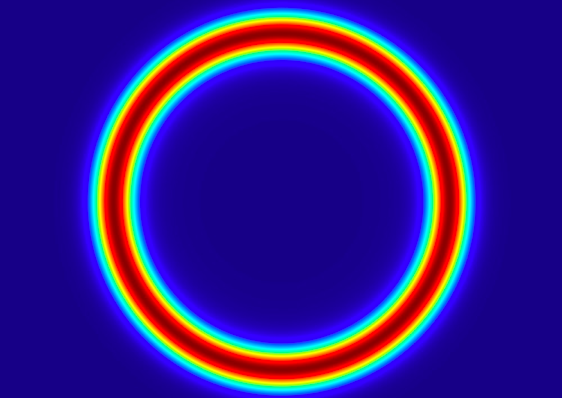Almost all laser beams naturally produce a Gaussian distribution pattern with no sharp edges. Therefore, in this distribution pattern, the value of irradiance never becomes zero. The major issue with the Gaussian profile is that there is a waste of a substantial amount of energy. On the other hand, plenty of modern equipment in various applications involve laser beams, such as sensing, medical treatments and imaging, printing, material processing, communications, additive manufacturing, etc. However, to make laser beams useful for these applications, we need to shape the laser beams so that a unique distribution pattern with sharp edges gets generated. Here diffractive optical elements or DOEs come into play to shape the laser beams.
DOEs are characteristically optical phase elements that operate on diffractive principles to shape the laser beams. DOEs involve suitable micro-structures that help to convert the phase of the incident beam, ultimately changing the shape, profile, and amplitude of the beam. With the advancement of modern technology, equipment, and microfabrication techniques, it has become possible to fabricate DOEs efficiently and look for new possibilities.
The Characteristics of DOEs
In comparison to traditional optical elements, such as reflective elements or refractive elements, diffractive optical elements are smaller, thinner, and lightweight. This helps us to integrate DOEs easily in the setting. Diffractive optical elements also have some crucial optical characteristics, for instance, these elements are very compact and long-lasting. These optical elements exhibit a high degree of delicacy, characterized by extremely tight angular tolerances. To manufacture diffractive optical elements, different materials can be used, such as Germanium, Fused Silica, Zinc Selenide, Polymers, etc.
Applications
- Beam Shaping:
DOEs serve as beam-shaping elements, creating consistent, structured light beams by altering the incident beam. These optical elements are useful for generating specific spot shapes, like squares and rounds, and have crucial applications in spectroscopy, 3D imaging, and medical diagnostics. Broadband diffusers, diffractive diffusers, and analytical beam shapers are examples of such elements used for precise beam shaping.
- Beam Splitting:
Beam-splitting DOEs divide the incident beam into several output beams with specific intensities. They enable you to configure the output beam patterns into various shapes, like line, square, round, hexagon, or any anticipated shape. These DOEs have applications in laser scribing, medical aesthetic treatments, and laser micromachining. These DOEs can be customized for specific separation angles, number of orders, desired intensity levels, and wavelengths ranging from UV to IR.
- Beam Foci:
Beam foci elements are DOEs designed to alter the focal properties of an input light beam. These optical elements enable the division of the laser focus into multiple foci with precise separations, the convergence of multiple wavelengths into a single focus plane, or the adjustment of the depth of focus. They find applications in various fields, including cytometry, laser glass cutting, light-sheet microscopy, and other processes involving transparent materials.





























































